SOURCE: IDRW.ORG

Maraal Aerospace Pvt Ltd, an IIT Kanpur incubated startup, has showcased its innovative Solar Powered Fixed Wing Drone. This groundbreaking technology offers a significant endurance of 12-16 hours, making it ideal for various applications such as Intelligence, Surveillance, and Reconnaissance (ISR), maritime scientific research, search and rescue, mapping, environmental protection, and agriculture.
The MARAAL-3 is a high-altitude solar-powered unmanned aircraft capable of reaching a service ceiling of up to 5 kilometers. It can be launched from any location with a small runway of approximately 200 meters. Equipped with high-definition optical and infrared cameras, state-of-the-art sensors, and a ruggedized design, the MARAAL-3 is ready for round-the-clock missions, including border patrolling, target tracking, maritime surveillance, and navigation.
Continue readingSOURCE: RAUNAK KUNDE / NEWS BEAT / IDRW.ORG
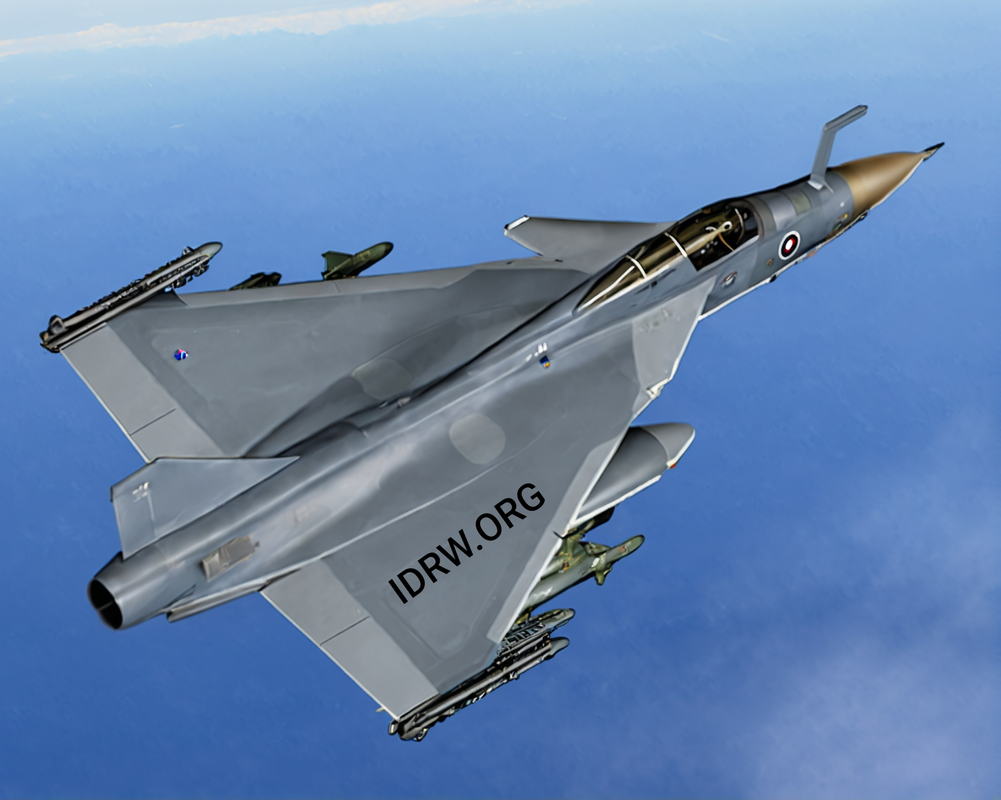

The Indian aerospace industry is abuzz with excitement as the Tejas MkII, the next-generation variant of the indigenous Light Combat Aircraft (LCA) Tejas, inches closer to taking shape. The Aircraft and Systems Testing Establishment (ASTE), a premier Indian Air Force (IAF) institution, has been entrusted with a crucial role in preparing the Tejas MkII for its maiden voyage.
According to reports in idrw.org, aircraft assembly is set to begin this month in Bangalore, with small equipment and fuselage sections already arriving at the HAL facility. The first fully assembled Tejas MkII is expected to roll out next year, marking a significant milestone in the program.
Continue readingSOURCE: RAUNAK KUNDE / NEWS BEAT / IDRW.ORG


In a significant development for India’s aerospace industry, Hindustan Aeronautics Limited (HAL) will secure a complete transfer of technology (ToT) for the Shakti 1H1 engines. This strategic move will enable HAL to fully control the manufacturing process of these critical components, which power a range of Indian-made helicopters.
The Shakti engine, a derivative of the Safran Ardiden 1H1, is specifically designed for high-altitude operations. It has been successfully integrated into several Indian helicopters, including the ALH MKIII (Dhruv), MK IV (Rudra – WSI), and LCH (Light Combat Helicopter). With a demand for nearly 2000 engines to support ongoing operations in the next 20 years, HAL’s decision to develop its turboshaft engine, the HTSE-1200, was driven by a desire to reduce dependence on Safran.
Continue readingSOURCE: RAUNAK KUNDE / NEWS BEAT / IDRW.ORG


The Indian Navy is poised to revolutionize its anti-ship warfare capabilities with the upcoming deployment of the Naval Anti-Ship Missile-Medium Range (NASM-MR). This indigenously developed missile system features a new Small Gas Turbine Jet Engine (SGTJE), which is being jointly developed by the Research Centre Imarat (RCI) and the National Aerospace Laboratories (NAL).
The SGTJE, with a maximum power of around 2.7 KN, will provide the NASM-MR with high sub-sonic speed and an impressive range of 300 kilometres. This significant boost in performance will enable the missile to effectively target small- to medium-sized warships such as frigates, corvettes, and destroyers.
Continue readingSOURCE: IDRW.ORG
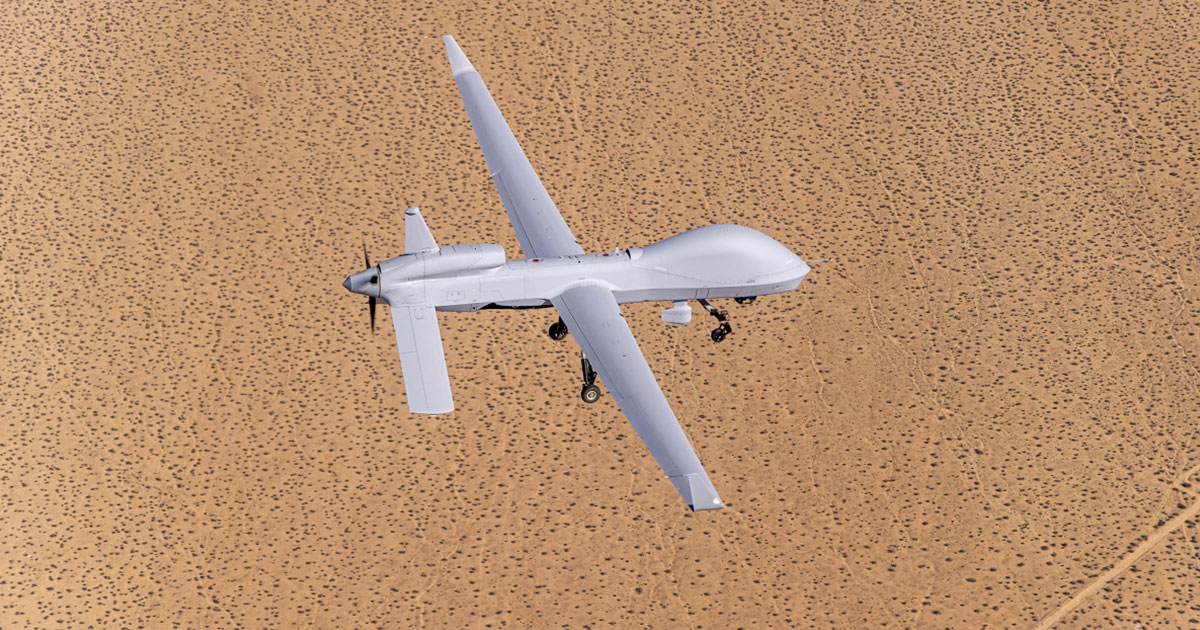

According to a report by The Sunday Guardian, the Indian Ministry of Defence (MoD) is experiencing second thoughts regarding the proposed acquisition of 31 units of the MQ-9B Reaper drones, manufactured by General Atomics. The potential deal, which includes control stations, missiles, and auxiliary equipment, is valued at an estimated $30 million per drone. However, recent developments on the global stage, particularly the ease with which Houthi rebels in Yemen have allegedly been able to bring down these drones, are causing alarm in both South Block and North Block, the administrative nerve centers of India’s government.
One of the key factors driving the Indian military’s push for the MQ-9B Reapers was the ongoing tension with China, particularly following the June 2020 Galwan Valley clash, which highlighted the need for enhanced surveillance and reconnaissance capabilities along the India-China border. With the ability to carry out both surveillance and strike missions, the MQ-9B seemed like a powerful addition to India’s arsenal. However, the performance of these drones in Yemen has raised critical questions about their viability in high-threat environments.
Continue readingSOURCE: IDRW.ORG TEAM


AviaTraining Solutions Pvt Ltd has announced strategic partnerships with two leading European gyrocopter manufacturers, Aviation Artur Trendak from Poland and Carpenerie Pagotto from Italy. These collaborations grant AviaTraining Solutions exclusive rights to assemble and manufacture these advanced gyrocopters in India.
The company plans to establish a state-of-the-art assembly line near Ahmedabad, Gujarat. This facility will be the first of its kind in India, marking a significant milestone in the country’s aerospace industry. The assembly line will not only cater to the domestic market but also position India as a key exporter of gyrocopters to countries across the SAARC region, Southeast Asia, the Middle East, and Africa.
Continue readingSOURCE: RAUNAK KUNDE / NEWS BEAT / IDRW.ORG
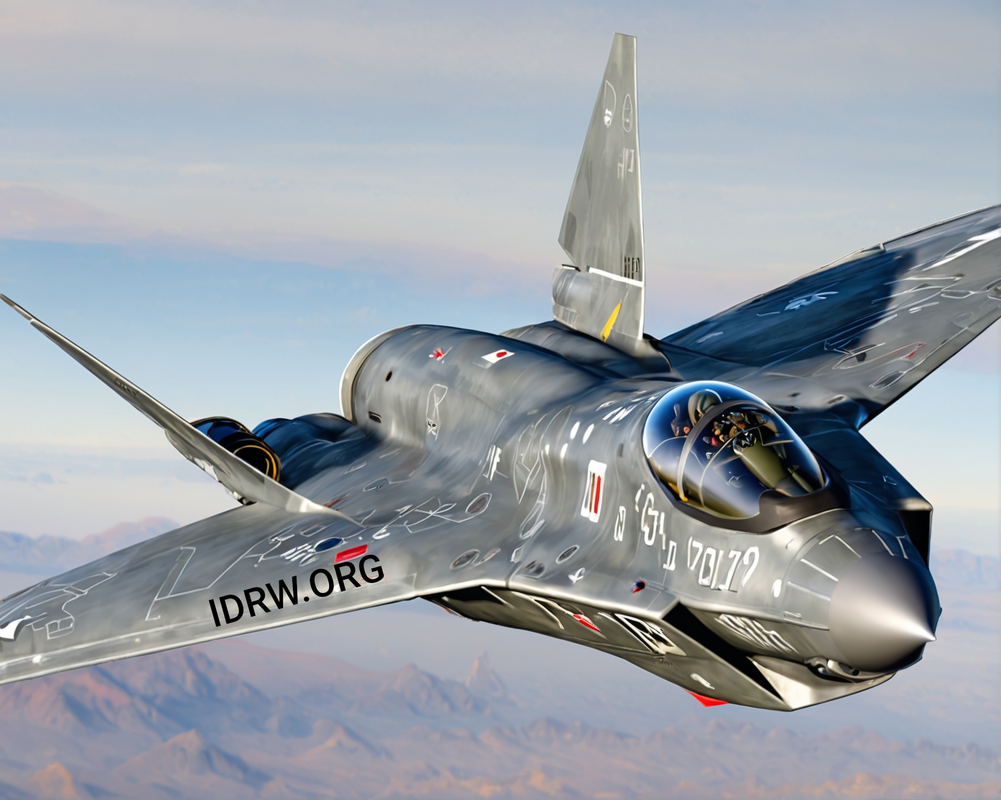

Russia, through its Sukhoi Design Bureau, is actively seeking to enhance its interactions with Indian defence officials regarding the Su-75 Checkmate, a single-engine, stealth fighter aircraft currently under development. This interest is expected to be a significant focus during the upcoming Aero India 2025, following positive discussions held at Aero India 2023, where Russian officials briefed their Indian counterparts on the Su-75 program.
The Checkmate is being positioned as a cost-effective alternative to existing stealth fighters, with Russia keen to solidify a government-to-government (G2G) deal with India that could potentially reshape India’s future fighter acquisition plans.
Continue readingSOURCE: RAUNAK KUNDE / NEWS BEAT / IDRW.ORG
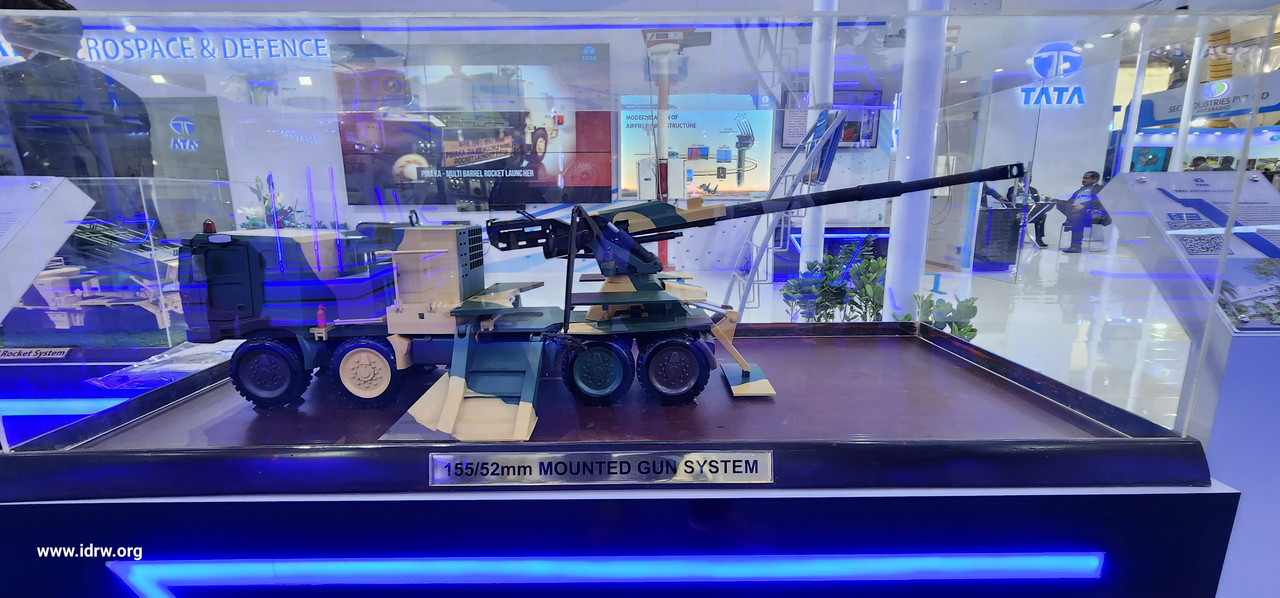

Tata Advanced Systems (TASL) has developed a new Truck-Mounted Howitzer (TMH) based on its renowned Advanced Towed Artillery Gun System (ATAGS). This new artillery system is designed to compete with the MGS developed by the Kalyani Group, both of which share the same underlying ATAGS gun.
The Tata-developed TMH leverages the Tata LPTA 3945 / 3138 8×8 Truck as its platform, offering exceptional mobility and versatility. While the MGS also utilizes the ATAGS gun, Tata’s TMH boasts its unique design and features.
Continue readingSOURCE: RAUNAK KUNDE / NEWS BEAT / IDRW.ORG


GE Aerospace and Hindustan Aeronautics Limited (HAL) are poised to finalize a significant deal for the transfer of technology (ToT) for the F-414 engine later this year. This agreement is expected to see GE Aerospace sharing nearly 80% of the ToT with HAL, enabling the local manufacture of the engine in Bangalore.
GE Aerospace has emphasized that the ToT package offered to India is far more extensive than any previous such agreement for the F-414 engine. South Korea, another country using the F-414 for its KF-21 fighter jet program, has only received 59% ToT.
Continue readingSOURCE: IDRW.ORG TEAM


The Indian Radar Development Establishment (IRDE) has issued a call for competent Indian industries to partner in the design and development of low radar cross-section (RCS) and low drag conformal domes for high-speed aerial platforms.
Conformal domes are essential components for housing electro-optical (EO) payloads on high-speed aircraft. These payloads, which typically include infrared (IR) and visible cameras, require a streamlined and aerodynamic enclosure to minimize drag and RCS, ensuring optimal performance and stealth.
Continue readingSOURCE: IDRW.ORG TEAM
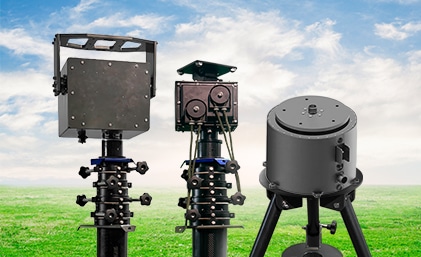

Precision Electronics Limited, a leading Indian technology firm, has successfully developed a new indigenous Tactical Cellular Surveillance System (TCSS) equipped with Artificial Intelligence (AI) for the Indian Armed Forces. This groundbreaking system is poised to revolutionize intelligence gathering and surveillance operations for the country’s defense forces.
The TCSS is designed to provide real-time intelligence and surveillance capabilities in challenging environments, such as border areas, conflict zones, and urban settings. The system leverages advanced AI algorithms to analyze vast amounts of data collected from various sources, including cellular networks, CCTV cameras, and other sensors.
Continue readingSOURCE: RAUNAK KUNDE / NEWS BEAT / IDRW.ORG
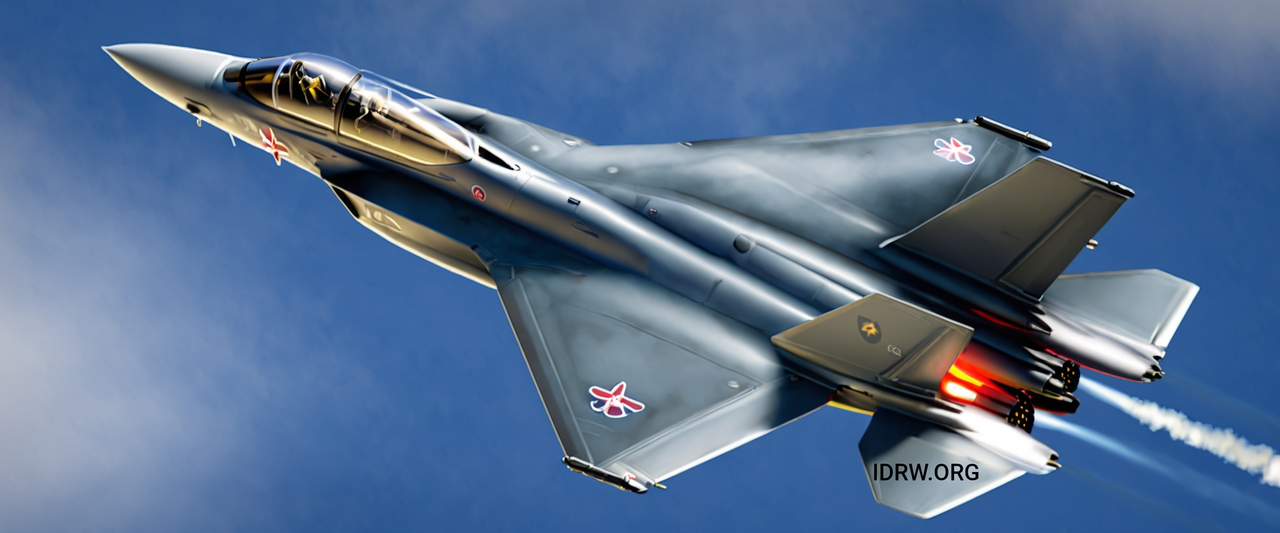

Recent reports suggest a potential upgrade for India’s indigenously developed 5th generation fighter jet, the AMCA. According to a report by ANI, the AMCA’s Maximum Takeoff Weight (MTOW) may be increased to 27 tons, exceeding the 25 tons previously confirmed by the Aeronautical Development Agency (ADA) a few years ago.
The ADA had earlier outlined the AMCA’s characteristics, including a 25-ton MTOW with a 12-ton empty weight. The aircraft’s internal fuel capacity was projected to be 6.5 tons, with an additional 1.5 tons allocated for internal weapons in stealth configuration. This configuration would maintain a 20-ton MTOW, with the remaining 5 tons available for additional external weaponry in non-stealth mode.
Continue readingSOURCE: RAUNAK KUNDE / NEWS BEAT / IDRW.ORG


In a significant development, Armenia is seeking India’s assistance to upgrade its small fleet of Russian-built Su-30SM fighter jets. The move comes on the heels of Armenia’s growing defense ties with India, having recently ordered rocket systems, artillery guns, and weapon locating radars from the country. The upgrade is expected to involve modernizing the aircraft’s avionics, electronic warfare (EW) suites, and weapons, with the collaboration of Hindustan Aeronautics Limited (HAL).
Colonel Hovhannes Vardanyan, who leads Armenia’s Air Force Department, confirmed the country’s interest in upgrading its Su-30SM fighters with the help of HAL, citing the Indian aerospace giant’s considerable expertise. “We are looking at modernizing our Su-30s with the help of Hindustan Aeronautics Limited (HAL) as it has a lot of expertise in the field,” Vardanyan stated.
Continue readingSOURCE: RAUNAK KUNDE / NEWS BEAT / IDRW.ORG


The Indian Navy officals have clarified that it will proceed with the construction of two nuclear attack submarines under Project 77, but the ultimate aim is to have a fleet of six nuclear attack submarines to keep them technological advances and make improvements on each block as per feedback.
Initiated in 2015, Project 77 aimed to develop and build six advanced nuclear attack submarines in three phases with each phase will see development of two nuclear attack submarines each at a time. Once the first two submarines are inducted, the next two will go into production with advancements planned in the next batch.
Continue readingSOURCE: IDRW.ORG TEAM
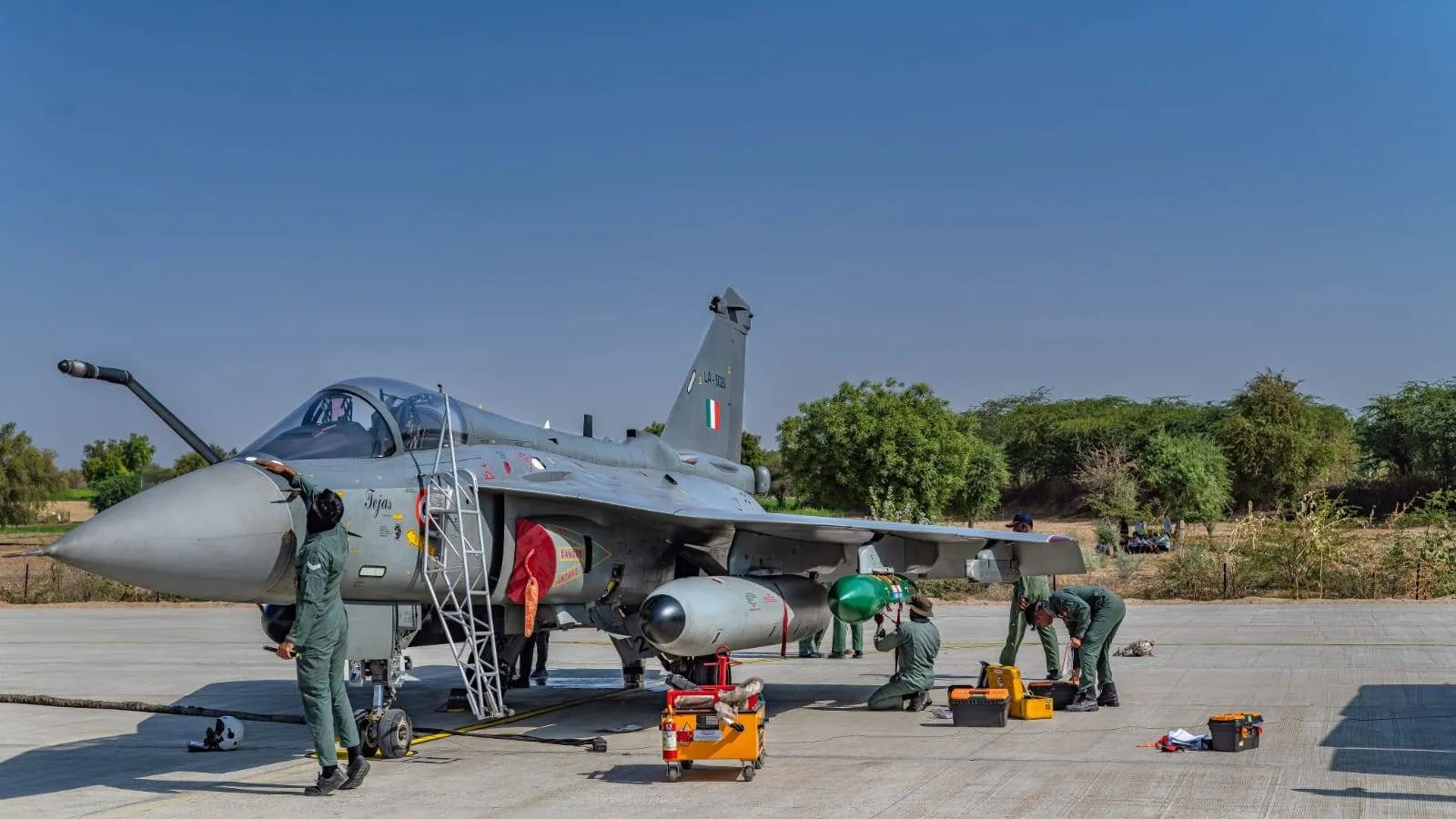

The Defence Acquisition Council (DAC) has recently cleared the procurement of 97 Tejas Mk1A fighter jets, marking a significant milestone in India’s indigenous fighter jet development program. These aircraft are poised to replace the retired MiG-21, MiG-23, and MiG-27 squadrons, which were either numbered out or reassigned to different aircraft types.
The Indian Air Force (IAF) has already begun the induction of the 83 Tejas Mk1A jets that were initially approved. The formation of the third Tejas Mk1A squadron is planned to be deployed on the Western border with Pakistan, showcasing the IAF’s strategic intent.
Continue reading